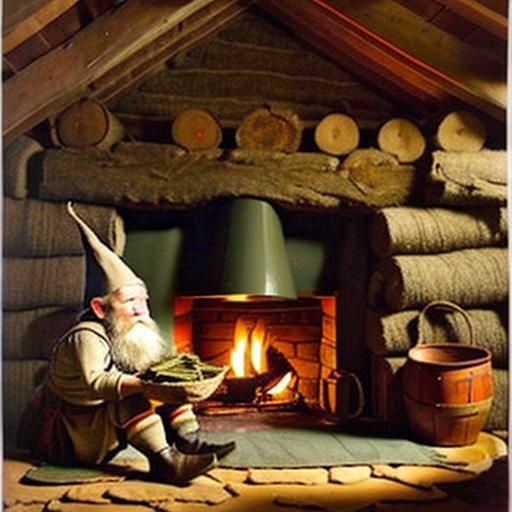The Stocked Barn

Once upon a cold winter's night, a barn gnome named Gus was huddled by the fireplace in the old barn where he lived. The wind howled outside, and the snow blew in through the cracks in the walls, but Gus was warm and snug by the fire. d. He had spent weeks preparing for the long winter ahead, stocking the barn with hay and feed for the animals, and mending any broken equipment. He was tired, but he was happy to have everything ready for the cold months ahead. Suddenly, there was a knock at the door. Gus opened it, and to his surprise, he found a small herd of deer standing outside. They were shivering and covered in snow, and they looked at Gus with pleading eyes. "Please, can we come in?" they asked. "It's so cold outside, and we have nowhere else to go." Gus hesitated. The barn was small, and there was barely enough room for him, the sheep, cows and the horse who lived there already. But he could not turn away the poor, shivering creatures on such a cold n



